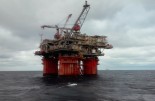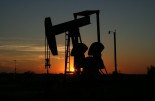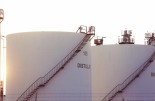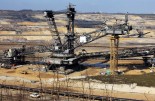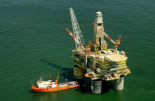Fidelity: Europe’s unequal gas demand destruction
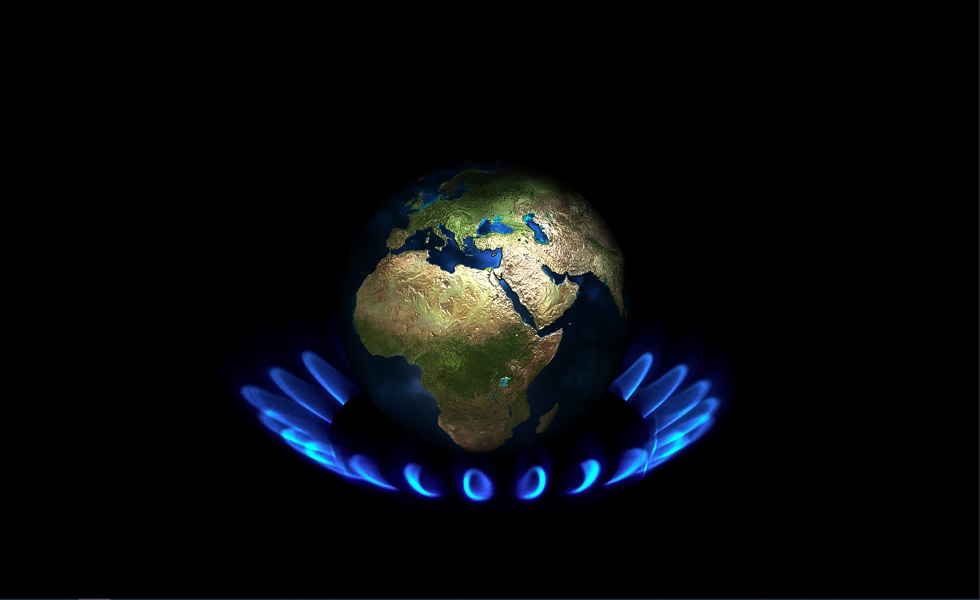
Europe is already reducing energy demand in response to record high prices, highlighting the region’s poor economic outlook. While shortages appear unlikely this winter, next year could be a different story.
Europe is already reducing energy demand in response to record high prices, highlighting the region’s poor economic outlook. While shortages appear unlikely this winter, next year could be a different story.
Gas flows from Russia to Europe are at 10 per cent of their 2021 levels, which has caused gas prices to spike to all-time highs. Nevertheless, natural gas inventories are currently above their historic average, at 90 per cent of capacity, thanks to alternative sources of supply, mainly liquified natural gas (LNG). While this is good news in the short term, the worry is that draining inventories this winter has merely pushed the risk of extreme shortages back to next year, assuming flows from Russia remain at these depressed levels.
This leaves Europe in a bind. The European Commission (EC) is currently debating whether to cap energy prices, but the risk here is that limiting prices would disincentivise businesses and households from cutting gas consumption further and achieving the necessary demand destruction.
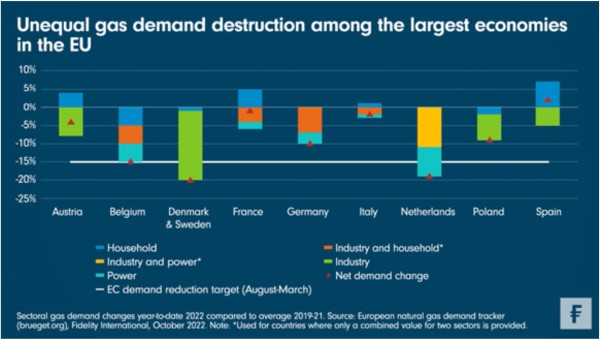
According to the EC, demand must fall by 15 per cent between August 2022 and March 2023 in order to manage the disruption. While the EU as a whole is broadly on track to meet this target, with gas demand destruction currently at -7 per cent, countries like France, Spain and Italy have a long way to go to hit this mark, as this week’s Chart Room shows.
Household consumption patterns will be key to whether they do so. A cold winter could mean limits are placed on industrial usage to protect gas supplies for homes, exacerbating the region’s economic difficulties. Fortunately, early forecasts suggest this winter will be warmer than average, which should relieve some of the pressure for now.
What happens next winter is less clear. The weather again will have a vital part to play, as will the extent to which Europe is able to secure enough replacement supplies from the Middle East and US, whether it can bring new sources of green energy online, and how far the region is willing to tolerate the use of “dirty” energy sources such as coal and nuclear.

